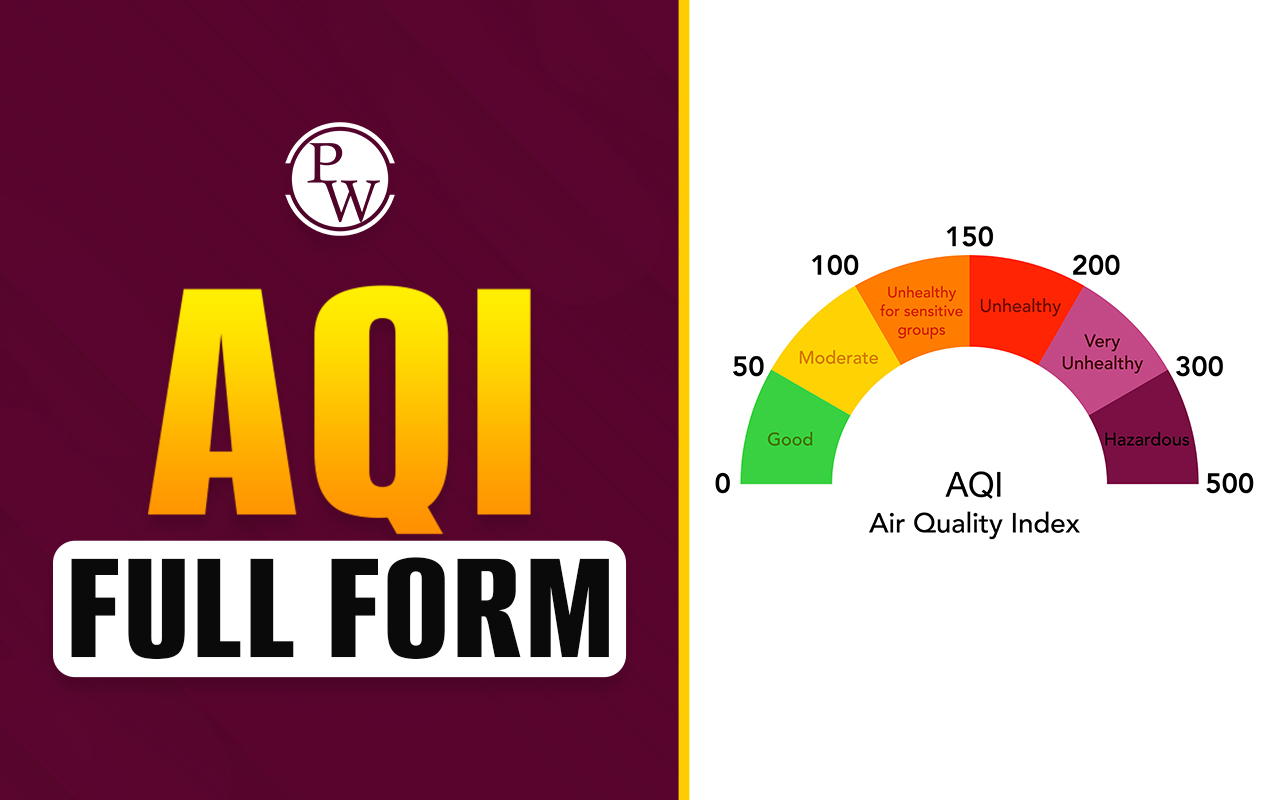

What is a CD?
Compact Disc is the full name for this media type. It's 4.75 inches in diameter and as thin as a nickel, but it can hold 700 MB of data. As it is portable, you may take it wherever you go. Because of its reliability and durability, YOU could use it repeatedly without worrying about wearing it out. Lasers in optical drives read the Disc's small notches and decipher the data.
History of CD
Sony and Philips were the original manufacturers. The compact Disc (CD) was originally designed to store and record solely audio. As technology progressed, CDs could hold many files at once. CD-ROM became the official moniker for the Disc afterwards (Compact Disk-Read Only Memory). The information can only be read; no changes may be made to the storage. Sony, a Japanese corporation, released the first consumer CD player in the world.Various Types of CD
CDs with Read-Only Memory
With the release of the CD-ROM in 1985, the industry shifted from using audio to using optical media to store data. CDs can be read by any computer that has a CD-ROM drive. The CD-ROM has met Yellow Book standards.
CD-interactive
Despite being released in 1993, a CD-ROM drive cannot play CD-i. It was then altered to be legible to both audiences. The CD-i follows the guidelines set forth by the Green Book.
CD-Rewritable
The CD-RW achieved this by employing a metallic alloy that reflected light differently than standard compact discs. Due to the shift in reflectivity, many older CD players can no longer play a CD-RW. CD-RWs are compliant with the orange Book specification.
CD-Recordable
CD-R stands for "rewritable compact disc," which describes the one-time use nature of the media. It follows the orange Book specifications like the CD-RW but is backwards compatible with pre-CD-RW CD players.
CD-ROMs with Extended Audio and Video Capability
CD-ROM XA is a new feature that may be added to a regular CD-ROM to give users instant access to audio, video, and digital data. It was designed to bridge the gap between CD-ROM and CD-i and follows the Yellow Book specification.
Image CD
Kodak designed the photo CD as a means of archiving photographs in a digital format that could be read and edited on a personal computer. As of its original release in 1992, it could hold 100 new photos. It was compliant with Beige Book recommendations.
Discs with Video Content
The video CD (or VCD) was developed in 1993 using the White Book standard. VCD quality was intended to be on par with VHS recordings. Hence it has a lower resolution than a modern digital video disc (DVD).
Working Principle of CD
A compact disc (CD) has a standard diameter of 12 centimeters (4.5 inches) and consists of multiple thin circular layers stacked on top of one another. Polycarbonate, a type of plastic, makes up the bulk of a compact disc. The bottom layer is polycarbonate and encodes information via tiny bumps on the surface. A reflective coating, often made of aluminum, is placed over this layer (gold is also used, although quite rarely). A layer of plastic and lacquer covers the layers below the reflective layer. The lacquer layer (the CD's surface) is where the artwork or label is printed using either offset printing or screen printing.
All of the data on a CD is stored digitally in the form of millions of 0s and 1s. A CD's data is encoded using a laser beam that minute indentations (or bumps) into the Disc's surface. In the context of CDs, the name for a spot is "pit," and it symbolizes the value 0. The absence of a bump (called land) also stands for the number 1. Therefore, information can be encoded onto a compact disc utilizing pits and lands using a laser beam (0 and 1, respectively).
Advantages:
- Its physical dimensions are quite modest.
- It may be taken anywhere.
- The speed of retrieving information has been improved.
- One advantage is that it is inexpensive to manufacture.
Characteristics of CD:
A CD's characteristics involve the following:
- Compact discs typically measure 120 mm in diameter and 1.2 mm in thickness (mm).
- It's made out of plastic from head to toe and looks like a million bucks.
- Only about 15–20 grams in total weight.
- CDs can hold up to 700 MB of data, which means they can play for up to 80 minutes at high quality.
Features:
A CD has the following physical characteristics:
- The typical dimensions of a CD are 120 mm in diameter and 1.2 mm in breadth.
- It's metallic in appearance and constructed primarily of plastic.
- The maximum weight is only 15–20 grams.
- With a storage capacity of up to 700 MiB (Mebibyte), a CD can play audio of high quality for up to 80 minutes.
How does CD Retrieve Data?
The lasers in CD players read the bits and pits that make up the optically recorded data on a CD. A CD's recording surface typically contains around 20,000 tracks—the "pitch," or space between each set of rails, measures 1.6 m. A CD can be read by shining a semiconductor laser with a wavelength of 780 nm (near infrared) through the Disc's polycarbonate base. Light reflected from pits and lands has different intensities because of their height difference. The information is read from the Disc using a photodiode to measure the intensity variation. Pit length and pit separation distance are the digital data definitions. [wp-faq-schema title=" Full Form of CD FAQs" accordion=1]












